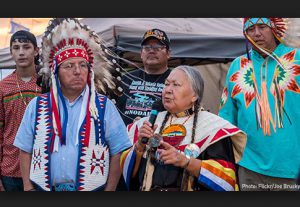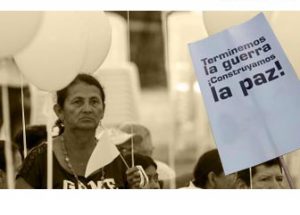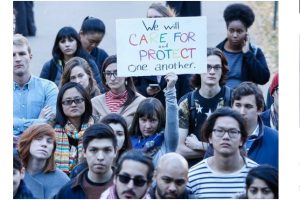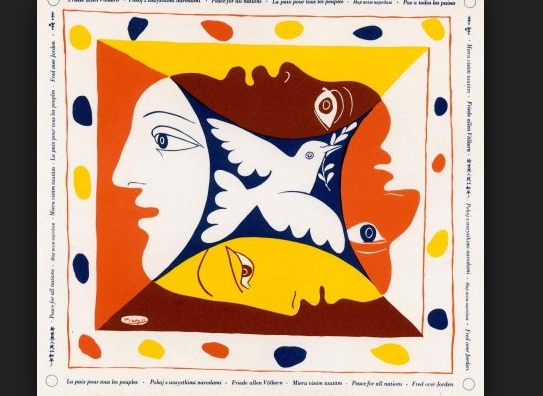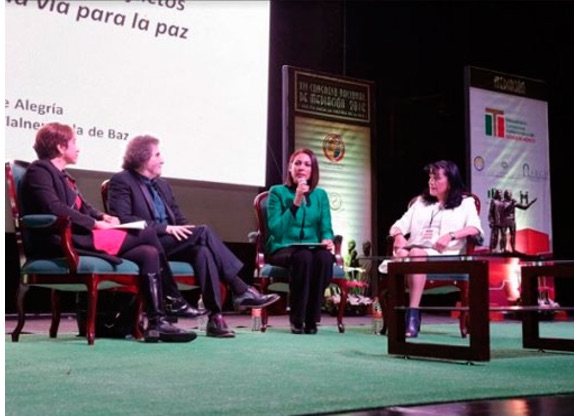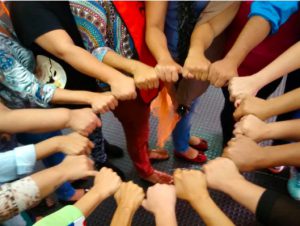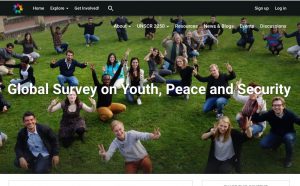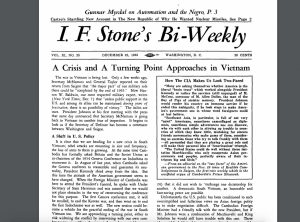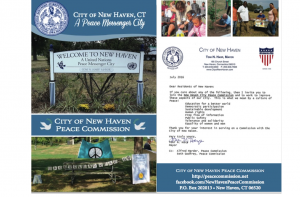.DISARMAMENT & SECURITY. .
An article by Ali Abunimah from the Electronic Intifada
More than 200 European legal scholars have signed a statement affirming that the boycott, divestment and sanctions (BDS) movement for Palestinian freedom, justice and equality represents “a lawful exercise of freedom of expression.”
The Palestinian BDS National Committee (BNC) is welcoming the statement as “a major blow to Israel’s repressive legal war” against the movement.
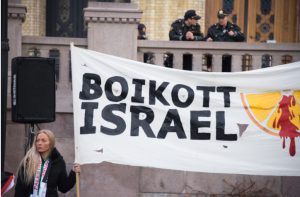
“This momentous statement by European jurists not only vindicates BDS human rights defenders who have insisted that BDS is protected free speech,” said the BNC’s Europe campaigns coordinator Riya Hassan. “It will undoubtedly add a crucial layer of legal protection for European BDS networks and citizens in their efforts to end European complicity in Israel’s regime of oppression, especially in military trade and research, banking and corporate involvement in Israel’s violations of international law.”
The BNC notes that the signatories include world-renowned legal figures, including South African jurist John Dugard, who serves as a judge at the International Court of Justice in The Hague; José Antonio Martín Pallín, an emeritus justice of Spain’s supreme court; British human rights lawyer Michael Mansfield; Lauri Hannikainen, member of the European Commission against Racism and Intolerance and Géraud de la Pradelle, who led the civic inquiry into the involvement of France in the 1994 Rwanda genocide.
While the jurists do not take a position for or against BDS, they say that “states that outlaw BDS are undermining this basic human right and threatening the credibility of human rights by exempting a particular state from the advocacy of peaceful measures designed to achieve its compliance with international law.”
(Article continued in right column)
Presenting the Palestinian side of the Middle East, Is it important for a culture of peace?
(Article continued from left column)
They point to France, the United Kingdom, Canada and various US states, where legislatures and executives “have adopted laws and taken executive action to suppress, outlaw and in some instances, criminalize the advocacy of BDS.”
By contrast, Sweden, Ireland, the Netherlands, the European Union and even the US State Department have all recently affirmed that advocating for BDS is a protected right.
“States and organizations that view BDS as a lawful exercise of freedom of expression are correct,” the legal scholars say. “Whether one approves of the aims or methods of BDS is not the issue. The issue is whether in order to protect Israel an exception is to be made to the freedom of expression that occupies a central and pivotal place among fundamental human rights.”
“The right of citizens to advocate for BDS is part and parcel of the fundamental freedoms protected by the International Convention on Civil and Political Rights,” signatory Robert Kolb, a professor of international law at the University of Geneva and a former legal adviser to the International Committee of the Red Cross and the Swiss foreign ministry, said in a statement from the BNC.
“No government ever attempted to outlaw or criminalize the anti-apartheid movement for advocating boycott, disinvestment or sanctions to compel South Africa to abandon its racist policies,” Dugard said. “BDS should be seen as a similar movement and treated accordingly.”
The legal scholars join hundreds of European human rights organizations and civil society groups that have called on governments to end repression of Palestine solidarity activism.
Speaking on behalf of the BNC, Ingrid Jaradat welcomed the statement as “a defining moment in the struggle against Israel’s patently repressive legal war on the BDS movement for Palestinian rights.”
